Environmental: Heat-Related Supplies
For Bioactive Terrariums & Live Vivariums
About Heating
When it comes to heating an enclosure, there's a lot to consider! Heating a vivarium properly requires a combination of controlling airflow and using the right type of heat source. Every situation is different, and there's no "one size fits all" solution for this. We can only provide a rough idea of where you might want to start. Expect to do a little tweaking to get things perfect. We've got some more detailed advice with regards to heating a vivarium, but it's a long read... Click to read more.
The importance of controlling airflow...
Most of the vivariums our customers build require a minimum of 55% relative humidity to thrive. Many methods of heating enclosures will drastically reduce humidity levels, so it's important to balance air flow when possible. Sealing part of the enclosure's top using glass inserts (or similar) will act as a basic insulator & help keep both heat & humidity within the enclosure. Once airflow is controlled properly, both temperature & humidity should remain more consistent & easier to control.
Advice for creating basking areas...
If you'll be using a basking area, we strongly recommend utilizing a thermostat with a probe mounted near the hottest area. There are many available heating solutions, but we don't recommend using any without a thermostat for safety. Our favorite setup for a basking area would be with a Pulse Proportional Thermostat, Wire Fixture, and Ceramic Heat Emitter. The simplest setup would be with a Basic Thermostat, Basic Dome Fixture, and a Black Incandescent Light. (This paragraph assumes you'll be using a NEHERP Vivarium Lighting Kit, so you won't need additional visual light from a "day" basking spotlight!)
Advice for lightly warming a whole enclosure...
To slightly raise the temperature within an enclosure, we recommend using a Zoo Med Under Tank Heater mounted to the side or rear of an enclosure. Zoo Med Repti Heat Cables can alternatively be used in either of those locations. We try to mount these types of heaters as low as possible, and out of sight. A thermostat is a good idea for this type of thing, and either heating method is compatible with any thermostat we carry.
Important Safety Related Suggestions:
1) We strongly recommend using the live vivarium's acclimation period (before introducing the animal) to iron out any heat related solutions.
2) Our vivarium lighting kits can be placed over our glass inserts without issue, but it's important to never position UVB or heat lamps over glass inserts.
3) Under tank heaters are technically not supposed to be used underneath a properly built live vivarium, due to the water in the drainage layer.
4) If the ambient room temperature will ever get cold enough to be potentially dangerous for your pet, please read this important info.
Regarding Cold Ambient Temperatures
If the ambient room temperature will ever get cold enough to be potentially dangerous for your pet in the short term, please consider heating the room or moving the enclosure to a warmer area. We try to offer the best herp supply gear out there, and we're confident in their reliability. That being said, keeping temperature sensitive animals in an especially cold room is indisputably risky, and we don't recommend it. If moving the enclosure to a warmer area isn't possible, we recommend heating the room.
A basic oil filled radiant heater is ultra inexpensive, and the least expensive mechanical ones can be dialed back to the "low" setting which should only consume around 500-600W while the element is on. It might sound like a lot, but elements in those types of heaters don't run constantly, since the oil stays warm for quite a long time. It's worth keeping the temperature to a reasonably comfortable (for a human) setting. From there, if necessary, you could use some of the hobby's heating methods to bridge the (smaller) temperature gap. In any case, this practice is reliable, cheap, and the monthly bill (if the room isn't too big) shouldn't be too bad.
While you are here reading this, we should mention that we actually recommend against the higher-end digital oil filled heaters because they don't always reset themselves after a power loss. Less expensive mechanical heaters with dials & switches only will always turn back on automatically after a power failure.  We've used Delonghi's basic model as a back-up heating method for years at NEHERP without any issues. (You can find them at Home Depot & Lowes!)
We've used Delonghi's basic model as a back-up heating method for years at NEHERP without any issues. (You can find them at Home Depot & Lowes!)
Thanks for taking the time to read this lengthy explanation!
Page Contents:
Zoo Med Dome Fixtures (All)
Zoo Med Infrared Heat Projectors
Zoo Med Nano Light/Heat
Zoo Med Repti Basking Lamp
Zoo Med Ceramic Heat Emitters
Zoo Med Daylight Blue Bulbs
Zoo Med Moonlite Heat Bulbs
Zoo Med Infrared Heat Lamps
Zoo Med Repti Heat Cables
Zoo Med Under Tank Heaters
Zoo Med Wire Lamp Fixtures
Aluminum Heat Tape
✗ Hide This List
Zoo Med Deep Dome & Nano Fixtures
A great choice for heat + CFL bulbs!




Rated 40W Max

Rated 40W Max Per Socket

Rated 100W Max

Rated 100W Max Per Socket

Rated 160W Max

160W Max Per Socket / 300W Max Overall
Zoo Med Infrared Heat Projector
The top quality option for heat projection
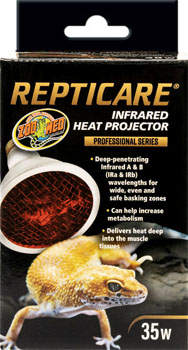

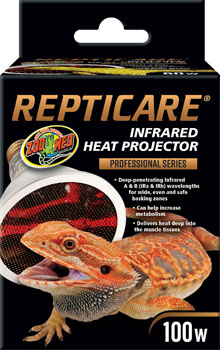
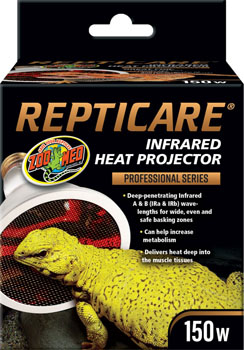




Zoo Med Nano Lighting
A top quality lineup of micro lights & heaters
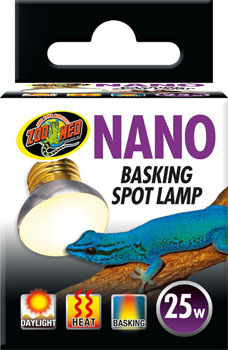
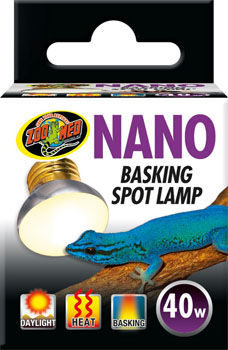
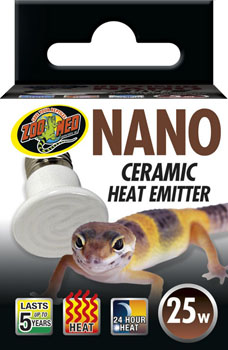
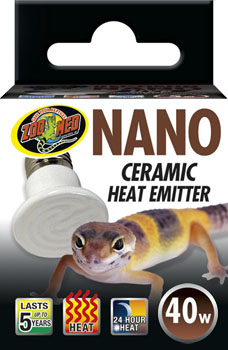
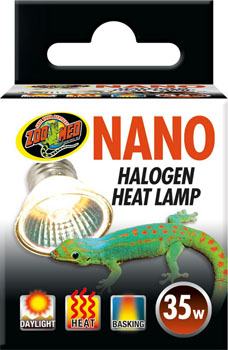
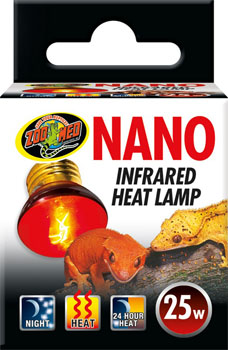
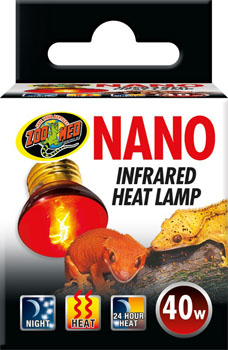

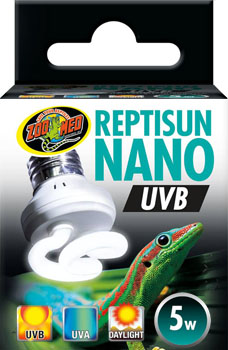
25W
40W
25W
40W
35W
25W
40W
5W
5W
25W

25W
25W
40W
25W
40W
35W
25W
40W
5W
5W
40W

40W
25W
40W
25W
40W
35W
25W
40W
5W
5W
25W

25W
25W
40W
25W
40W
35W
25W
40W
5W
5W
40W

40W
25W
40W
25W
40W
35W
25W
40W
5W
5W
35W

35W
25W
40W
25W
40W
35W
25W
40W
5W
5W
25W

25W
25W
40W
25W
40W
35W
25W
40W
5W
5W
40W

40W
25W
40W
25W
40W
35W
25W
40W
5W
5W
5W

5W
25W
40W
25W
40W
35W
25W
40W
5W
5W
5W

5W
★ Select a nano bulb option ↑↑ to see it's description below! ★
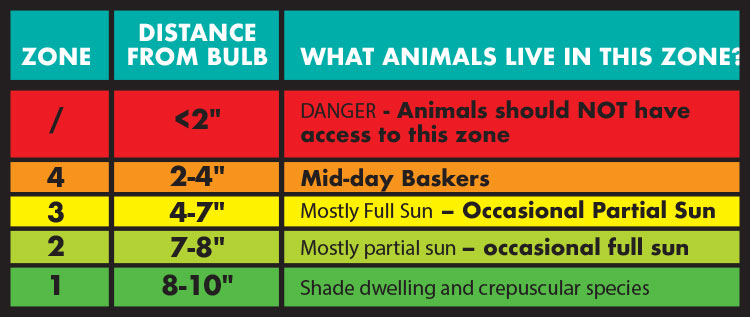
Zoo Med Repti Basking Spot Lamp
Made in Europe: The highest quality basking spotlight available
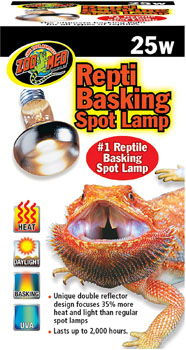
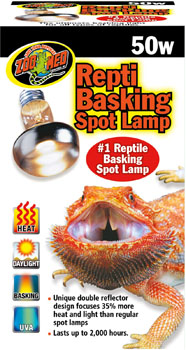
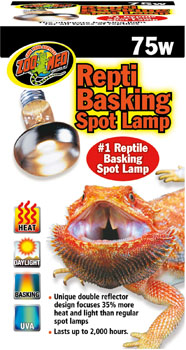
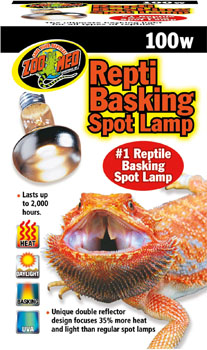
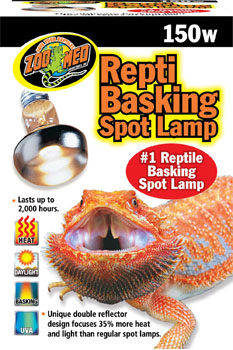
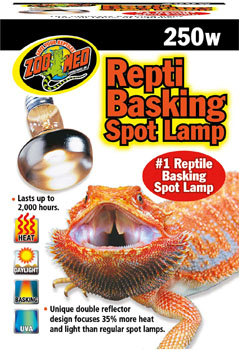






Zoo Med Repticare Ceramic Heat Emitters
The best Ceramic Heat Emitters from the #1 name in Reptiles
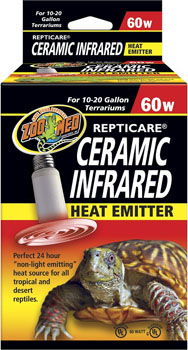
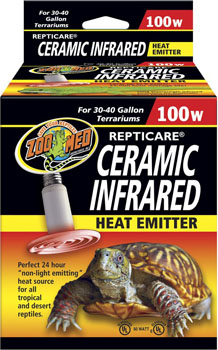
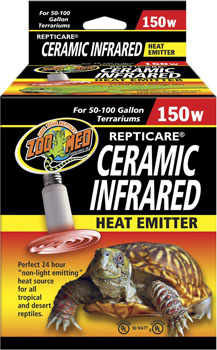



Zoo Med Daylight Blue Reptile Bulb
A source of UVA, heat, and daylight for terrariums
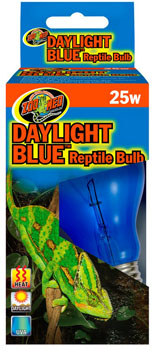
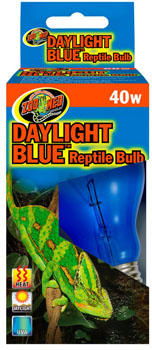
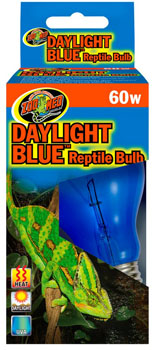
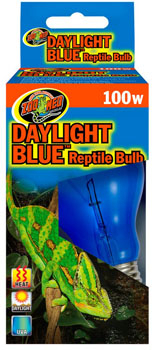
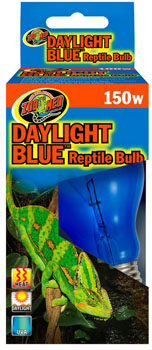





Zoo Med Moonlite Reptile Bulb
A "black light" style heat bulb
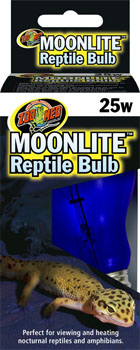
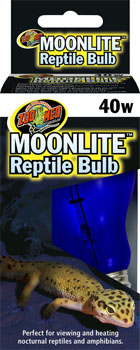
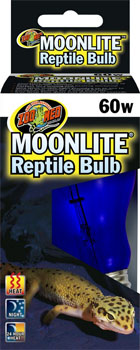
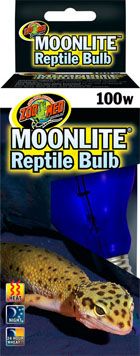




Zoo Med Nocturnal Infrared Heat Lamp
The best quality red heat lamp on the market

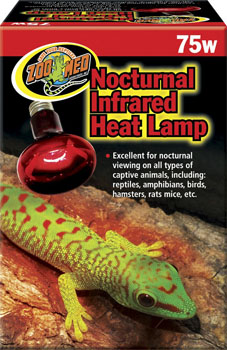
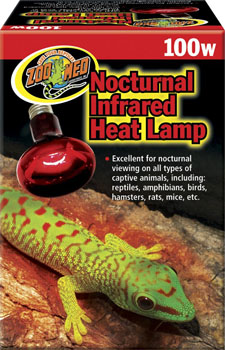
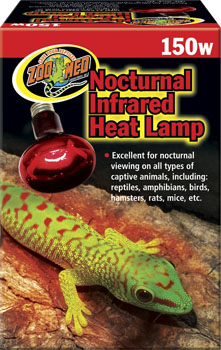
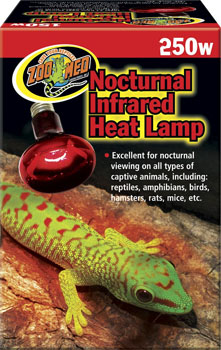





Zoo Med Repti Heat Cable
An efficient, easy, radiant heat source
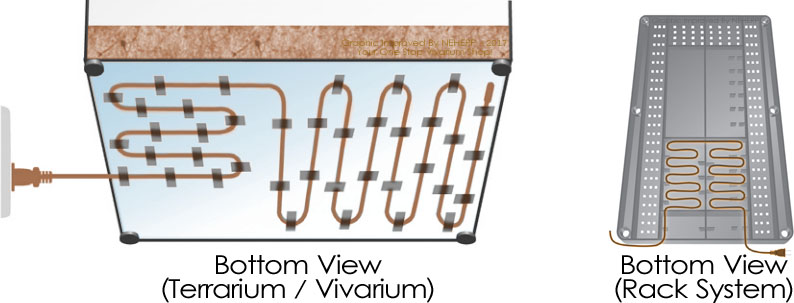
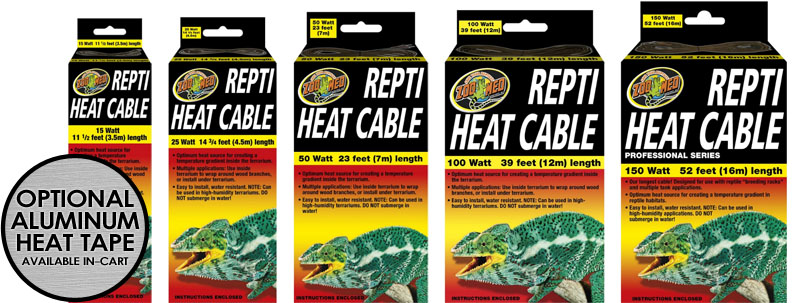

For 5-10 Gallon Enclosures

For 10-20 Gallon Enclosures

For 30-40 Gallon Enclosures

For 50-100 Gallon Enclosures

For Breeders & Large Applications
Zoo Med Under Tank Heaters
The most widely used under tank heater
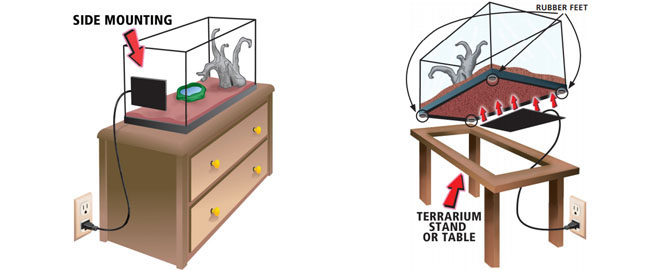
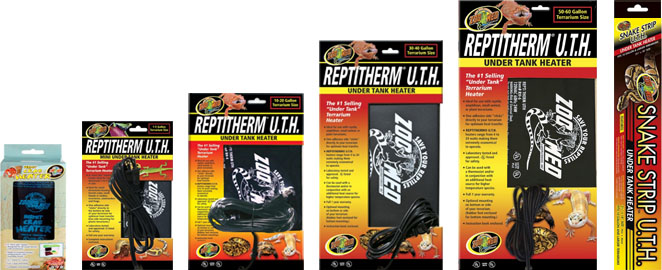

Designed for use with plastic enclosures

Marked for use with glass & plastic enclosures

Marked for use with glass enclosures only

Marked for use with glass enclosures only

Marked for use with glass enclosures only

For use along the lower back panel of enclosures
Zoo Med Wire Light Fixture
High quality cage fixtures without the high cost
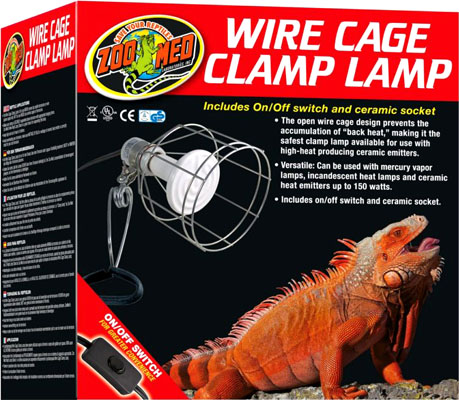
Useful Add-On: Aluminum Duct Tape
Heat resistant reflective tape with tons of uses
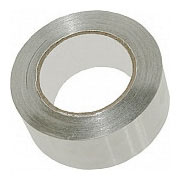
 High quality & thick 2 mil material, on a 30' roll.
High quality & thick 2 mil material, on a 30' roll.






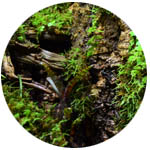


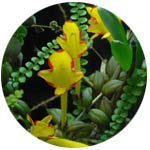
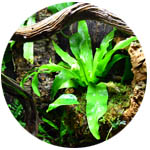
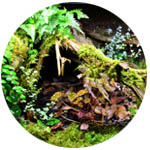
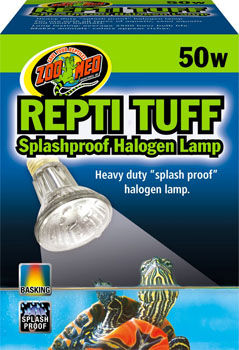
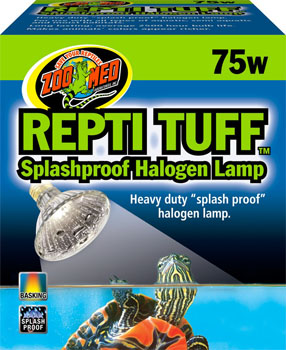
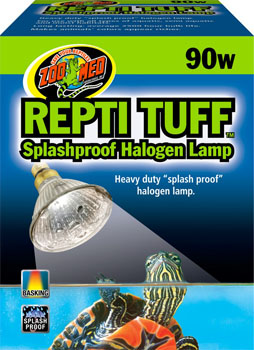
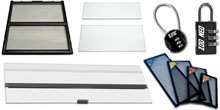 Enclosure Add-Ons
Enclosure Add-Ons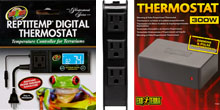 Environmental:
Environmental: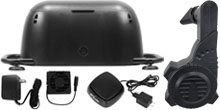 Environmental:
Environmental: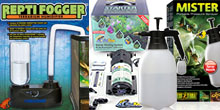 Environmental:
Environmental: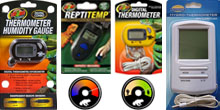 Environmental:
Environmental: